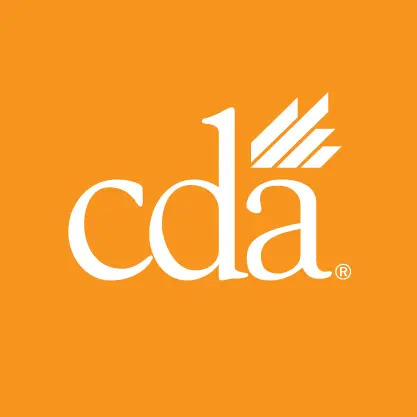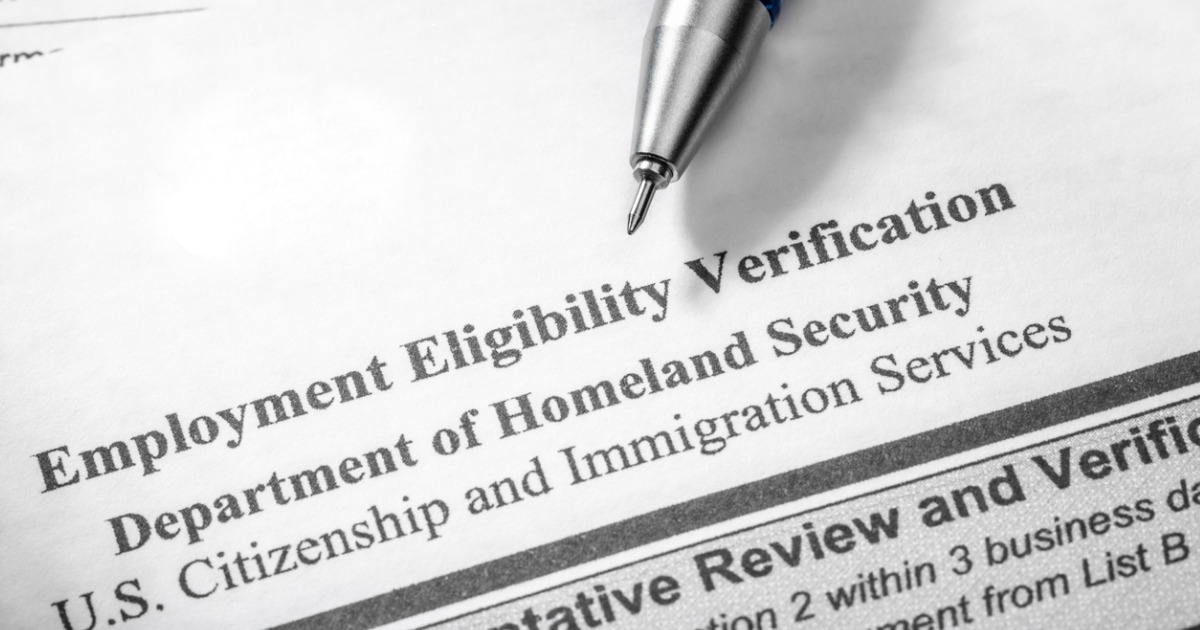Recent actions by the Trump Administration have some dentists wondering if they should develop or update workplace policies to address potential audits or other requests from immigration enforcement officials.
Federal law prohibits employers from hiring or continuing to employ individuals who are not authorized to work in the U.S. Following procedures for Form I-9 Employment Eligibility Verification is essential to compliance with the law.
But health care providers and their patients also have legal rights under law. For example, dental offices, hospitals and other health care facilities are considered “sensitive locations” and are often protected by HIPAA privacy laws. Immigration officials from U.S. Citizenship and Immigration Services, Immigration and Customs Enforcement and other agencies generally may only enter the private areas of these facilities without consent if they present a valid search warrant signed by a federal judge.
Existing policies on physical access and information disclosure should cite applicable law and suggest employees follow specific steps when granting access. They should designate the facility’s private, restricted areas versus public areas, for example.
Resources developed by CDA’s expert analysts can help members comply with state and federal employment laws related to immigration while they continue to provide high-quality health care to all California residents without disruption.
Additionally, due to the complexity and changing nature of federal immigration law, as well as the variety of warrants and number of enforcement agencies, CDA recommends dental practices consult with their legal counsel before responding to an immigration official’s request.
Form I-9 inspections by immigration officials: What to expect
Employers are responsible for properly completing and retaining I-9 forms for every person they hire for pay, including candidates who work for pay as part of the interview process, also called a working interview, and for temporary employees whom the employer pays directly.
Employees must complete Section 1 of Form I-9 by their first day of work. Section 1 requires that they provide original, acceptable and unexpired documents that prove their identity and employment authorization.
All employers must review the employee’s documentation and complete section 2 of Form I-9 by no later than the third business day after the date of hire. In addition, employers have documentation and retention obligations:
- Retain an employee’s completed Form I-9 for as long as the individual works for the employer.
- Retain the Form I-9 for the required duration, which is the longer of either (1) three years after the date of hire; or (2) one year after the date employment ends.
- Employers who are enrolled in E-Verify have additional obligations to retain copies of certain documents that employees present.
Paperwork violations or failure to comply with the Form I-9 verification process can result in substantial penalties for employers. Also, because the U.S. Department of Homeland Security revises the form occasionally, employers must ensure they are using the current version of the form.
Conducting self-audits helps ensure compliance
Conducting regular self-audits for accuracy of the forms will help ensure compliance and minimal disruption if immigration officials are from Homeland Security Investigation, a sister agency to ICE. However, employers should avoid selective audits because they could appear discriminatory. If the audit uncovers errors, those should be corrected in accordance with USCIS guidelines with a note explaining the correction.
CDA’s Employee Records and Form I-9 Retention Tracking Calculation form can help members comply with the completion and retention requirements when hiring for the practice.
Responding to a Notice of Inspection
In case of an I-9 audit, Homeland Security Investigation will deliver a Notice of Inspection requiring the employer to give HSI their I-9 forms in three business days. The employer may request additional time to respond. The notice will request I-9s for current and recently terminated employees, and an accompanying subpoena will request payroll records, a list of current employees and other employee documentation. The notice will direct the employer to deliver paper and electronic copies of these records. HSI will then review the documents for compliance.
CDA recommends that dentists make any corrections to the I-9 forms before delivering the records to HSI, respond by the deadline, and provide only the I-9 and supporting documents necessary to comply with the lawful request without compromising employees’ sensitive information.
A U.S. Department of Homeland Security fact sheet on Form I-9 inspection includes details on the inspection process and potential outcomes and penalties.
California dentists should also be aware that state law requires employers to post notice of an inspection by immigration agencies within 72 hours after receiving the notice of inspection. This notice should be posted in an area easily seen by employees. Oregon dentists also are required to post notice of inspection.
Health care providers and patients have rights
The National Immigration Law Center on Jan. 24 updated its information on immigration enforcement for health care providers. Key rights include:
- Health care providers are not legally obligated to inquire about or report a patient’s immigration status to federal immigration authorities.
- HIPAA and state privacy laws limit the use or disclosure of a patient’s personal health information for law enforcement purposes without a patient’s consent or where disclosure is required by law.
- Health care providers can refuse to grant access to private areas of a care facility or to provide information about patients to law enforcement officials unless the officials present a valid search warrant signed by a United States district or magistrate judge — not an immigration judge — that contains the address of the facility and a list of items to be seized.
Immigration officials do not need a warrant to view any materials or information that are in plain view in a public area, such as the dental office’s waiting room. Materials visible on the front desk from the waiting room are considered to be in plain view, as are conversations officials overhear while standing in a public area.
Officials may also enter a private area of a health care facility for purposes of enforcement of immigration law without a warrant only if an authorized staff member provides consent or in certain limited exigent circumstances.
Again, due to the range of scenarios, evolving law and potential exceptions to the law, CDA strongly advises that employers consult with their attorney before responding to or declining an immigration official’s request.
Immigration policies and best practices for dental offices
Dental offices that do not already have a written workplace policy on immigration response should consider developing and implementing one. The policy might include the following:
- Define the dental practice’s private areas; these are areas that may be restricted with access limited to staff and patients and are otherwise closed or unavailable to the public. Can family members accompany patients in the operatories? Define who may be present in all areas.
- Define “public view” and ensure all employees have the same understanding of it with respect to an immigration official’s enforcement authority.
- Designate an authorized team member who is responsible for all communication with immigration enforcement officials, including any review of warrants.
- Provide training and education to employees on the Form I-9 inspections, compliance with immigration enforcement requests and provider and patient rights.
- Describe when the facility will comply readily versus initially contacting or consulting with an attorney.
Resources for California dentists, including resources cited in this article:
- Form I-9 inspection fact sheet (ICE)
- Guidance for conducting internal Form I-9 audits (USCIS)
- Completing the Form I-9 (USCIS)
- Handbook for employers (USCIS)
- Notice to Employee of an agency’s inspection of employment eligibility (California DIR)
- New Employee Orientation and Onboarding Checklist (CDA-member resource)
- Form I-9 Retention tracking calculator (CDA-member resource)
- Health care providers and immigration enforcement: Rights of providers and patients (National Immigration Law Center)

